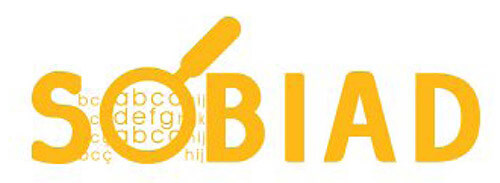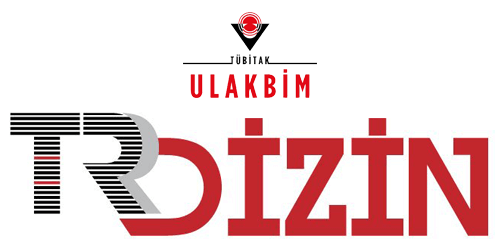
This journal is licensed under a Creative Commons Attribution-NonCommercial 4.0 International License
Kafkas Üniversitesi Veteriner Fakültesi Dergisi
2025 , Vol 31 , Issue 5
Evaluating the Multifunctional Therapeutic Potential of Phycocyanin: Antidiabetic, Antioxidant, Anticancer, and Antimicrobial Effects on Defense Genes, Metabolic, Oxidative, and Histopathological Parameters in Dithizone-Induced Diabetic Rats
1Department of Biology, College of Science and Humanities in Al-Kharj, Prince Sattam Bin Abdulaziz University, Alkarj 11942, SAUDI ARABIA2Department of Medical Laboratory, College of Applied Medical Sciences in Al-Kharj, Prince Sattam Bin Abdulaziz University, Al-Kharj, 11942, SAUDI ARABIA
3Department of Biochemistry, Faculty of Science, King Abdulaziz University, P.O. Box: 80200, Jeddah 21589, SAUDI ARABIA
4Department of Biochemistry, Faculty of Science, University of Tabuk, Tabuk,71491, SAUDI ARABIA
5Department of Biological Sciences, Faculty of Science, King Abdulaziz University, Jeddah, SAUDI ARABIA
6Biological Sciences Department, College of Science & Arts, King Abdulaziz University, Rabigh 21911, SAUDI ARABIA
7Faculty of Medical Laboratory Sciences, University of Shendi, Shendi P.O. Box 142, SUDAN
8Department of Biology, College of Science, Princess Nourah bint Abdulrahman University, P.O. Box 84428, Riyadh 11671, SAUDI ARABIA
9Department of Biology, College of Sciences, Umm Al-Qura University, Makkah 21955, SAUDI ARABIA
10Department of Biology, College of Applied Sciences, Umm Al-Qura University, SAUDI ARABIA
11Biology Department, College of Science, King Khalid University, P.O. Box 9004, Abha 61413, SAUDI ARABIA
12Department of Biology, College of Science, Imam Mohammad Ibn Saud Islamic University (IMSIU), Riyadh, 11623, SAUDI ARABIA DOI : 10.9775/kvfd.2025.34347 Dithizone, a heavy metal chelator, induces diabetes in animals to model human diabetes. This study evaluates the effects of a phycocyanin extract (PE) from Spirulina platensis on growth, blood indices, oxidative status, gut microbiota, and tissue histology in dithizone-challenged rats, while also assessing its antidiabetic, antioxidant, anticancer, antimicrobial, and antiviral properties against HSV-1 and influenza A (H1N1) viruses. PE is rich in active compounds, notably C-Phycocyanin (1.2 mg/g). The extract demonstrated robust antioxidant activity by scavenging 92% of DPPH radicals, inhibited breast cancer cell line growth by 81%, and suppressed pathogenic microbes. It also reduced α-glucosidase and α-amylase activity by 75% and 80%. Antiviral assays indicated dosedependent inhibition of HSV-1 (65% reduction in plaque formation, IC50 = 42.5 μg/ mL) and H1N1 (58% viral load reduction, IC50 = 50.3 μg/mL), with suppression of viral entry, neuraminidase activity, and upregulation of antiviral genes (IFN-α and MX1). In vivo, 200 rats were divided into control, dithizone, PE-treated, and dithizone + PE groups for 30 days. PE treatment resulted in improved glucose control, lower HbA1c, enhanced insulin sensitivity, reduced malondialdehyde, increased glutathione, and favorable changes in gut bacteria. Gene expression of proinflammatory cytokines and precancerous markers (BCL-2, Nrf-2, OH, β-actin, IL-1β, TNF-α, BAX, and Casp-3) was significantly reduced. Histological examination showed improved pancreatic and hepatic structure, and overall growth performance and blood profiles were enhanced. Collectively, PE mitigates metabolic disturbances from dithizone and shows promise as an antiviral agent, supporting its potential in functional foods and nutraceuticals. Keywords : Phycocyanin, Spirulina platensis, Antidiabetic activity, Antioxidant activity, Anticancer, Antimicrobial, Antiviral, Dithizone-induced diabetic rats, Gut microbiota, Nutraceuticals










